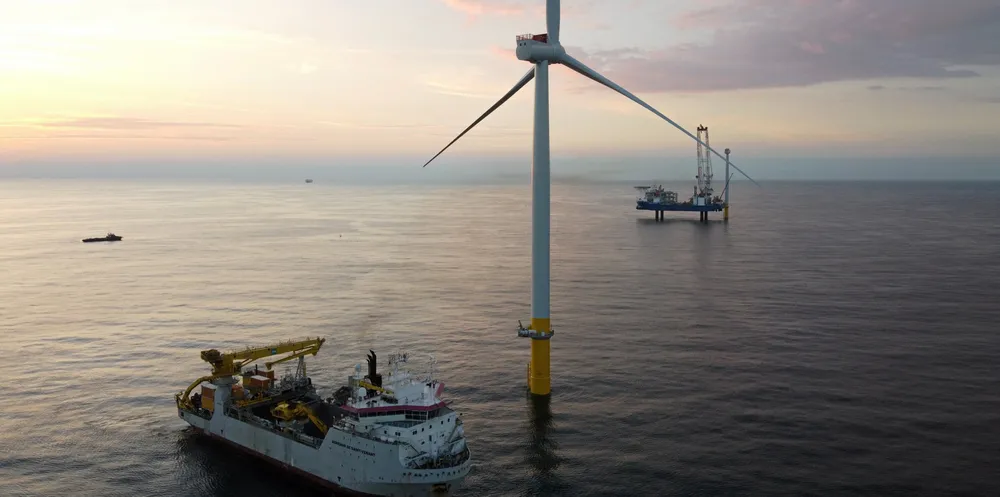TotalEnergies and Duke 'fit the bill' in $315m US Carolina offshore wind auction win
Auction result extends reach of fast-growing US development beyond the industry's core regions in the mid-Atlantic and New England

Auction result extends reach of fast-growing US development beyond the industry's core regions in the mid-Atlantic and New England
